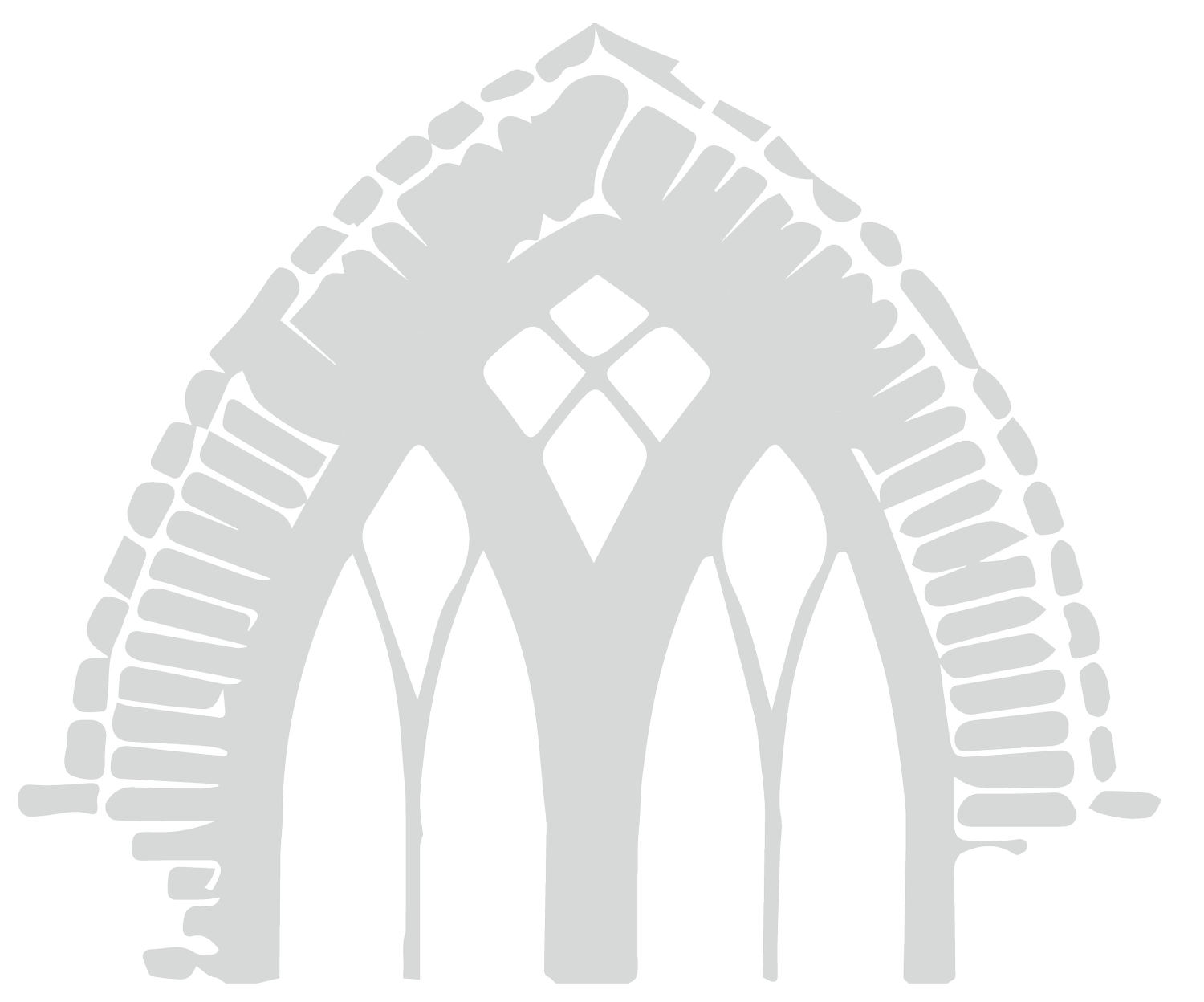"Divine Violence" and the Cross
The wake of 9/11 continues to send waves crashing upon the shores of the theological community. While attention to violence—human and divine—began decades ago, the situation has become more acute in a post-9/11 world where fear of religiously generated violence has only grown. In response, a number of Christian theologians have sought to remove any theological or philosophical support that might justify human violence. Of course, “violence” itself is an elastic word that brings up a number of thorny issues as to what precisely constitutes violence—options range from physical aggression to any form of coercion. Leaving that question aside, the issue of violence and its theological underpinnings has become one of the dominant issues of our times.
One of the focal points in the discussions surrounding religious violence has been the degree to which some atonement theories purportedly support “divine violence,” which critics would apply to any theory of atonement that would require sin be dealt with on the cross as a form of expiation or punishment (Weaver, Nonviolent Atonement; Girard, Things Hidden Since the Foundation of the World; etc.). In an effort to free the Gospel from any implication of God requiring Christ to die on the cross before forgiveness and reconciliation were acquired for humanity, several prominent contemporary authors have reframed their soteriology to remove any divine need for the cross.
If, however, one removes a divine need, whence the cross? For several contemporary authors, the violence of the cross is not something instigated by God but solely of a human origin. Though God’s love and foresight about the hardness of humanity’s heart might have driven him to endure the violence of the crucifixion, these authors contend that humanity is wholly to blame for the cross. For instance, J. Denny Weaver avers, “His death was not a payment owed to God’s honor, nor was it divine punishment that he suffered as a substitute for sinners. Jesus’ death was the rejection of the rule of God by forces opposed to the rule” (Nonviolent Atonement, 44). Girard, likewise, avouches “Neither the son nor the Father should be questioned about the cause of this event, but all mankind, and mankind alone” (Things Hidden, 213). Both Weaver and Girard demonstrate a desire to remove a certain divine requirement in the crucifixion. If there is anything that necessitates the cross, it must first arise from the human side. If there is something of a “divine causation” it can only come as a secondary response to humanity.
Both of these authors, in their respective ways, seek to ground their theology in the New Testament Gospels themselves, claiming them for support. It is here, where their projects become a bit more complicated for the Gospels do not wholly seem to fit our modern sensibilities and, I might add, some of the contemporary portraits of the cross. I would like to offer one simple example of where the Gospels are more complicated than some of the proponents of the nonviolent Gospel appear to admit. I have worked out other examples much more thoroughly in Bloodless Atonement? (2017).
Still, the example that I would like to mention concerns Jesus’ citation of Zechariah 13:7, which appears in both Matthew 26:31 and Mark 14:27.
'Awake, O sword, against my shepherd, against the man who is my associate,’ says the Lord of hosts. Strike the shepherd, that the sheep may be scattered; I will turn my hand against the little ones (Zechariah 13:7, NRSV).
Jesus on the way to the Garden predicts that the disciples will scatter from him, and he cites this verse in order to show that this was following biblical expectation. However, his citation comes with a notable twist for he tells his disciples:
I will strike the shepherd, and the sheep (of the flock) will be scattered (Mark 14:27; Matt 26:31).
Where Zechariah’s text has an inanimate object, a sword being commanded to strike the shepherd—this would put some distance between God’s decree and the event but not completely sever the tie—Jesus’ rendition removes the impersonal object, making this striking the act of a person, who in the context is none other than God himself. Now it could be that Jesus is citing a tradition from Zechariah to which we no longer have access, but neither the Septuagint nor the Masoretic Text renders it the way Jesus does in the Gospels. It is my view that we can credit this to Jesus’ creative appropriation of Israel’s prophetic texts to himself. Moreover, even if he were citing a textual tradition to which we no longer have access, the fact that Jesus does not change it is still significant for us. By exchanging the “sword” for the divine “I” in his citation, Jesus introduces the divine as one of the causes of the events about to transpire, and here I would include everything from betrayal to the crucifixion since the former sets in motion the rapid sequence culminating in the crucifixion. Thus, instead of removing or distancing divine causation from the crucifixion, Jesus introduces it. In other words, he does the opposite of what people like Girard and Weaver would like to see in the Gospels.
What does all of this mean? If we seek to form a biblical soteriology, we cannot ignore passages like these that introduce divine causation into the events precipitating the cross. Certainly we can do so with an eye toward the interests of our times, namely, concern over religious violence. However, if we are going to do the hard work of biblical theology, regardless of the liability it might seem to have in light of modern sensitivities, we must do justice to the biblical texts. As a result, articulations of the Gospel that seek to remove the divine entirely and place the culpability for the crucifixion solely on humanity seem to be overstepping what the Gospels themselves indicate. However, if God is in some way the one striking the shepherd, then we have to ask ourselves in what soteriological schema would this be the case. The way forward is to include a penal dimension to our soteriology rather than remove it as a liability for our times.


